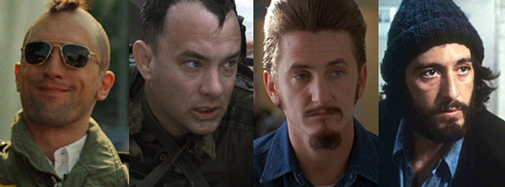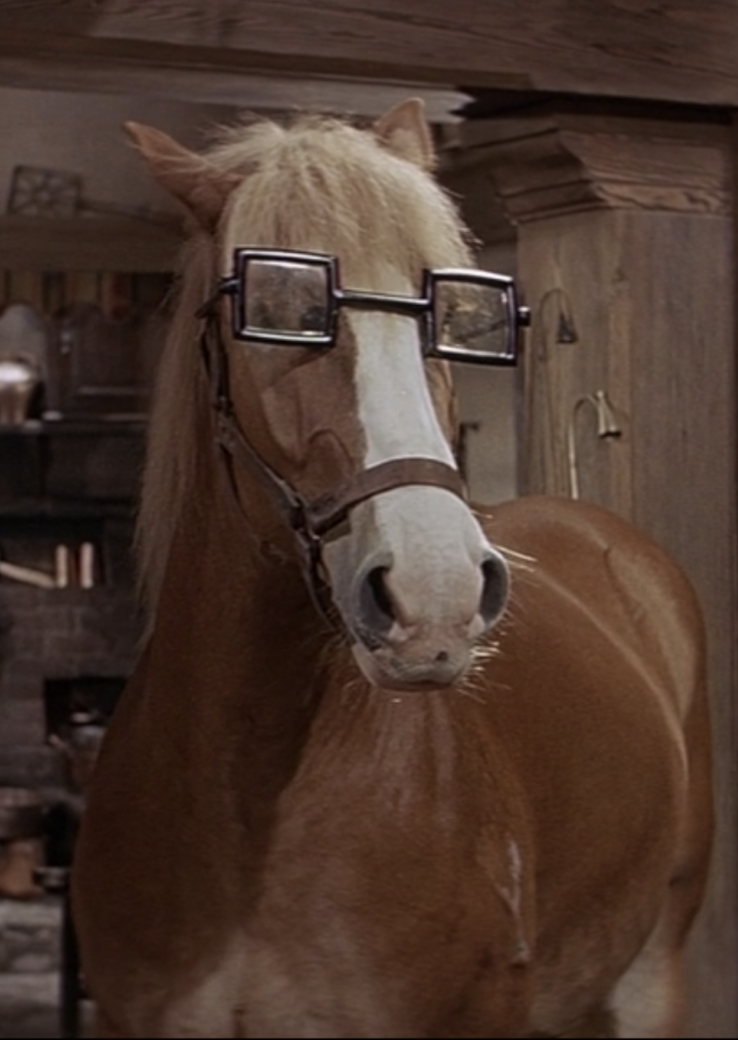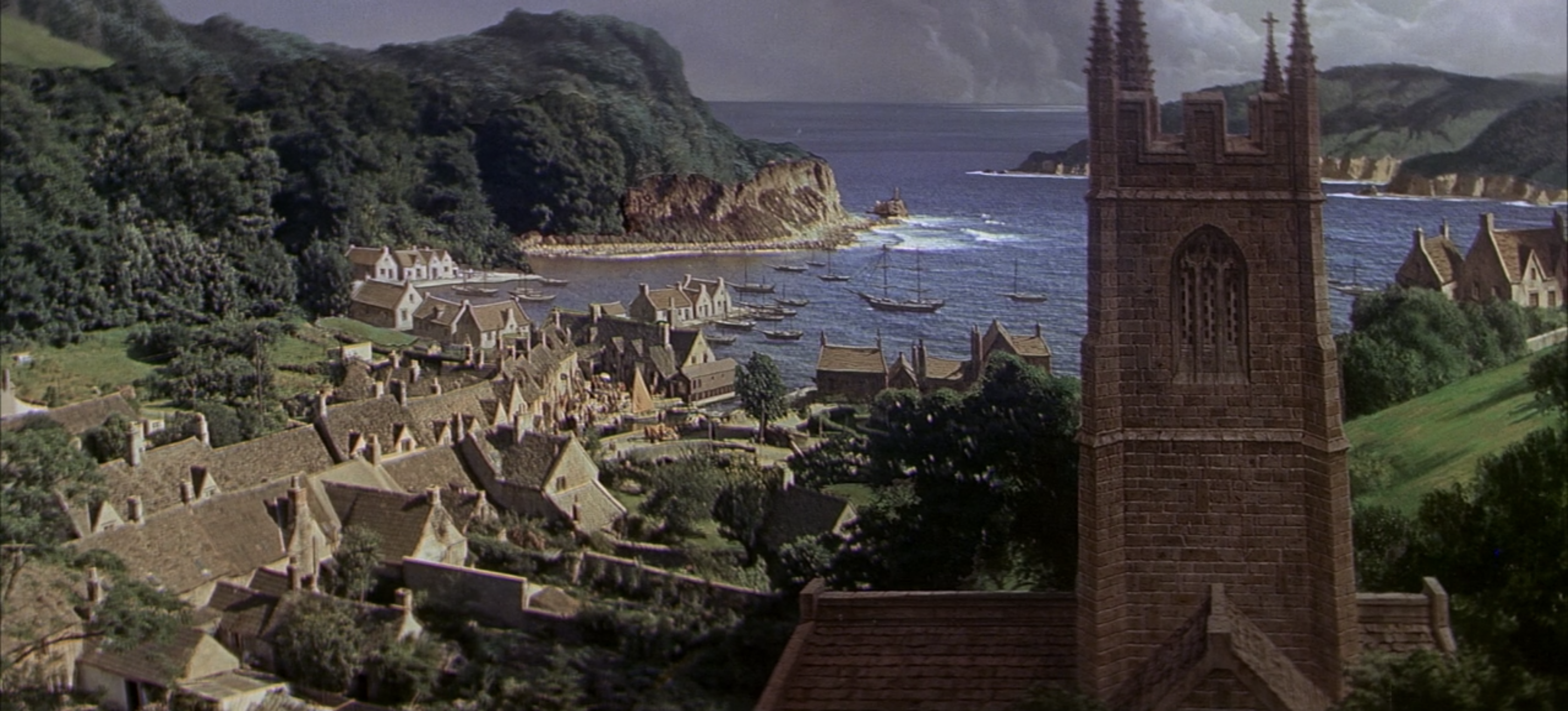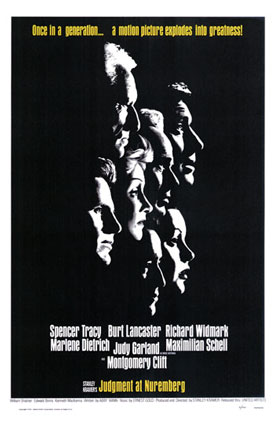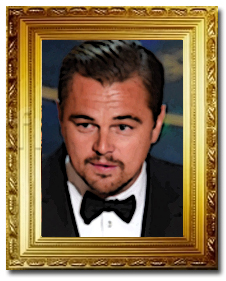Oscar's ridiculous accents
 Friday, April 10, 2020 at 11:30PM
Friday, April 10, 2020 at 11:30PM 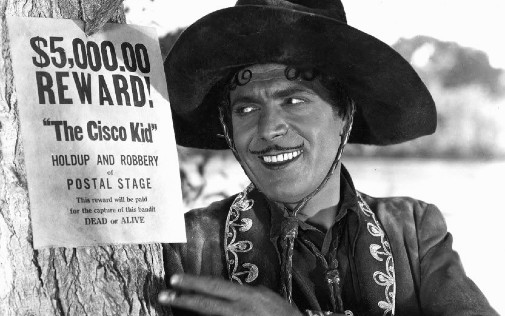
The Academy loves transformative performances, ones where an actor's chameleonic abilities are on full display. While the recent avalanche of biopics winning acting Oscars may suggest such dynamics are a recent phenomenon, it isn't so. Since the 20s, we've seen it happen regularly. Just look at Warner Baxter who won the second-ever Best Actor Oscar for putting on brown face and playing the Cisco Kid in In Old Arizona. That particular example also brings up another favorite bit of acting work that the Academy seems to adore beyond reason – accents. Bad ones at that.
Some performers, like Meryl Streep, are brilliant at mimicking regional and personal accents, doing them so naturally that one forgets the artifice. Many others, can't be helped and often fail at the task. To be perfectly frank, I'm not a person that's much annoyed by bad accents onscreen. Nicole Kidman's American accent in The Portrait of a Lady is quite unconvincing, for instance, but I still consider it one of the actress' best works. That said, sometimes there are levels of incompetence too flagrant to ignore.
Such is the case of some Oscar champions, including a Best Actor winner whose efforts are cringe-worthy…



